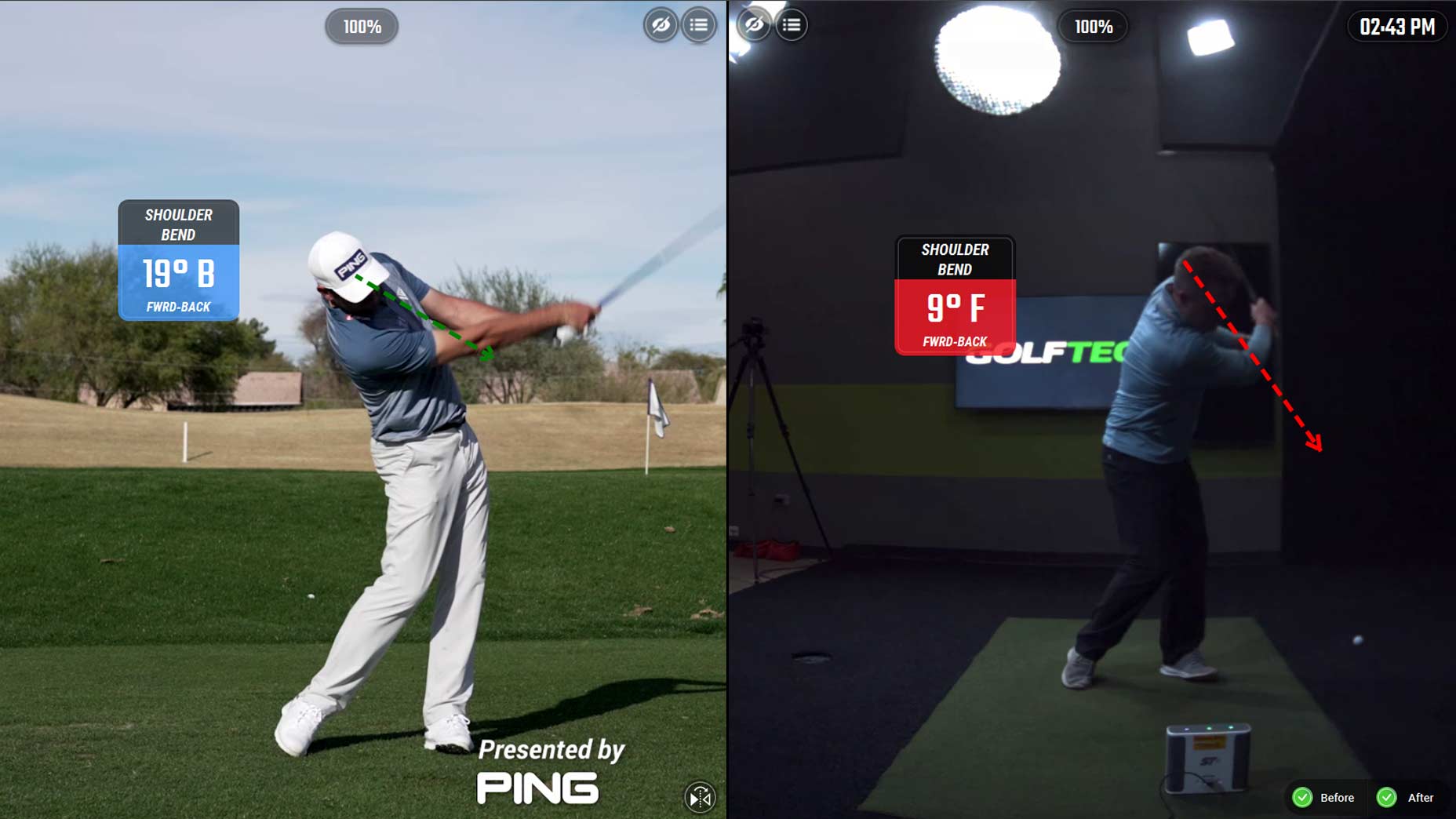Thank you for joining InsideGOLF, and welcome to the club! As a valued member, you can look forward to much more exclusive content (like the video above) that will deepen both your understanding and enjoyment of the game.
***
When Dr. Sasho Mackenzie talks, golfers listen — especially when it comes to swing speed. As golf’s foremost biomechanist, Mackenzie is at the forefront of the distance revolution as he uses science and data to help golfers become more powerful.
Mackenzie has even designed his own speed-training regimen, The Stack System, which provides dynamic training exercises designed to up clubhead speed for Tour pros and recreational players alike.
Want more swing speed? You need 1 (or more) of these 4 thingsBy: Luke Kerr-Dineen
During last month’s GOLF Top 100 Teachers Summit (see video above), the Savant of Speed explained the benefits of speed training with his system and clarified some of the misunderstandings about the discipline.
“Stack training is primarily a conditioning exercise,” Mackenzie said. “It looks like a golf swing, but it’s not the focus, primarily.”
What he means by this is that when you are speed training — i.e., swinging as hard as you can for many reps in a row — the mechanics of the swing are not the primary focus. Instead, the focus is on teaching your body and muscles how to swing fast.
“It’s very freeing to have no ball and not worry about the clubface,” he said. “Just swing really hard.”
You might think that this would have a negative effect on your swing, but according to Mackenzie, that’s not the case. Speed training is simply an exercise in training your neuromuscular system to move fast.
Training speed should be faster than on-course speed
The speeds you reach during training are always going to be faster than what you take to the course. It’s why you see Bryson DeChambeau touch 210 mph of ball speed on Instagram, but then only hit 195 mph on the course. That’s by design.
“Hard swings during play are below max effort,” Mackenzie said. “Training should exceed the stimulus of competition.”
What if my dispersion pattern increases?
Your dispersion pattern will likely increase as your swing speed increases, but as stated above, you will never take your max-effort swing to the course.
Meet the biomechanist who’s changing golf — and can help you gain distanceBy: Luke Kerr-Dineen
“Where I see players caught in the trap, especially Tour players, is they say, ‘All right, Bryson is at 190 ball speed,’” Mackenzie said. “And this may be what happened to Rory: ‘OK, I can get to 190 ball speed.’ But Bryson is working at 80 to 90 percent of his max out on the course to get 190 ball speed. If you’re working at 97 percent to get 190 ball speed, you’re not gonna find a fairway.”
Speed training is all about raising your max potential. And Mackenzie wants you to know, you don’t need to bring too much of it to the course.
“You can hit it further after training when swinging at a lower percentage of your maximum,” he said.
Do that, and you’ll be able to hit it further and find the fairways.












